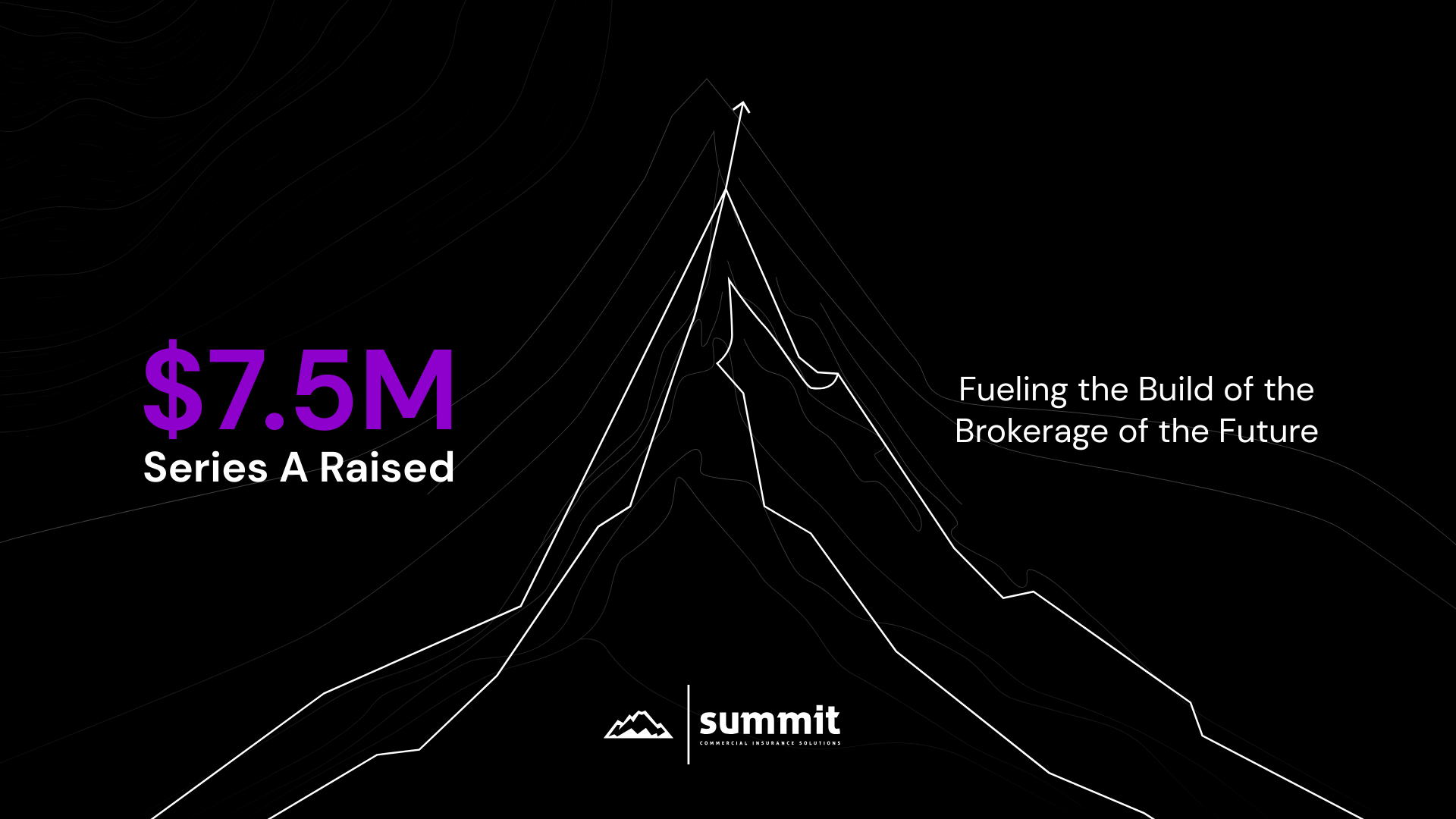
Introduction
If you've purchased insurance in the last few years, chances are you've heard the term from your insurance broker that we are in a "hard" market. So what does this really mean? This is a loaded question and we will do our best to try and break it down for you.
The Property & Casualty insurance industry is marked by periods of “soft market” conditions and “hard market” conditions. A soft insurance market which means rates are flat or decreasing, and insurance coverages are readily available. By contrast, during hard market conditions rates are consistently rising, and coverage is more difficult to find. All industries undergo periods of market expansion and contraction, and the insurance industry is no different. So while insurance rates for individual businesses (such as yours) are primarily affected by micro-factors, such as the COPE information of your property locations or business operations, there are several macro-factors that impact the price of your premiums. Below are some general hallmarks of soft versus hard market conditions.
Soft Market Conditions:
- Lower insurance premiums
- Increased competition among insurance companies
- Relaxed underwriting criteria (will insure riskier businesses)
- Broader insurance coverages provided
Hard Market Conditions:
- Higher insurance premiums
- Less competition among insurance companies (some may have exited the market)
- Stricter underwriting criteria (will more often decline risks)
- Less coverage provided (ex. Higher deductibles)
The chart below, taken from the Insurance Information Institute, shows both nominal and inflation-adjusted growth of P/C net premiums over the last four decades which represent four hard markets. During the last three hard markets, written grew 7.7 percent annually (1975 to 1978), 10.0 percent (1984 to 1987) and 6.3 percent (2001 to 2004). We are currently in a hard market cycle which spiked during 2018-2021, seeing double digit rate increases year over year, but is now beginning to level off.

So what causes a hard market?
A hard market typically occurs on the tail end of an extended soft market, as you can see in the above chart. This is because insurance companies have been competing over customers so aggressively that their profits begin to diminish or disappear completely, and the capital needed to underwrite new business is very limited. As this capital is no longer freely available, risk selection (underwriting) becomes more strict as the supply of insurance is equally limited. Over time, increased rates drive more profitable results from insurers and this results in more competition from existing players and new entrants, which puts downward pressure on premiums creating soft market conditions. As you can see, this is very much a cyclical process, and actually creates for a healthier industry, no different than a stock market correction.
Conclusion
There are several other macroeconomic factors that play a role in insurance market cycles which we did not address, such as interest rates, bond yields, larger natural catastrophes and stock market performance. All these factors play a significant role, but they ultimately funnel back to affecting competition in the marketplace which is the largest driver of soft versus hard market conditions. As a business owner, it is important to have an insurance broker who understands these cycles and can advise you accordingly. By understanding the insurance market cycles you are subject to and current trends, you will be in a much better position to evaluate new opportunities and build a sustainable long-term strategy.



